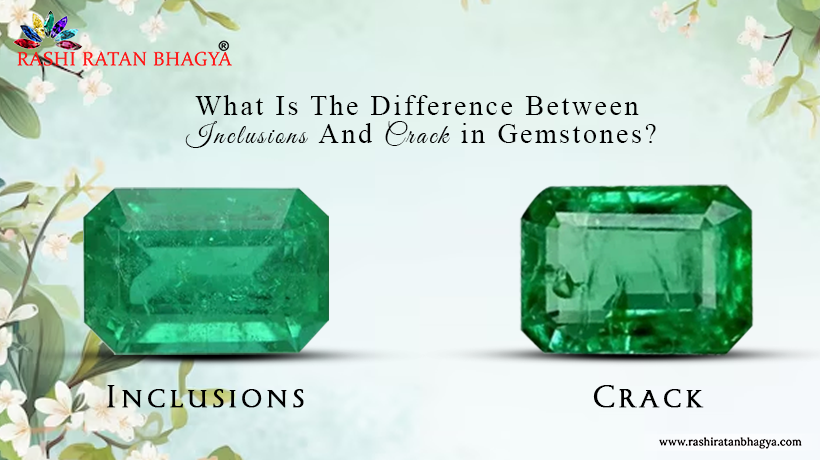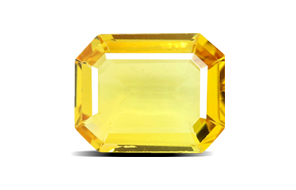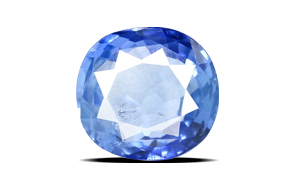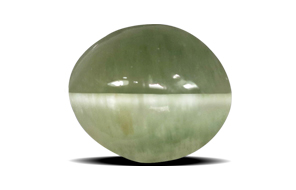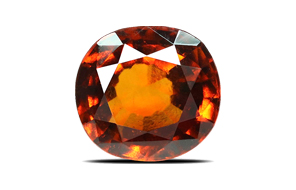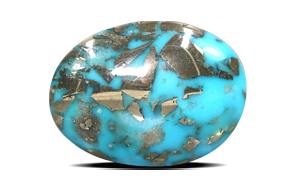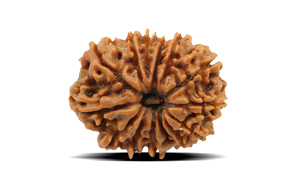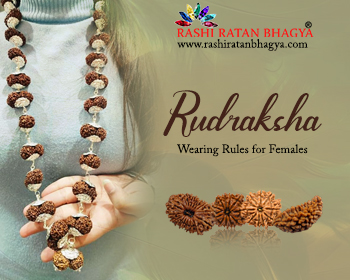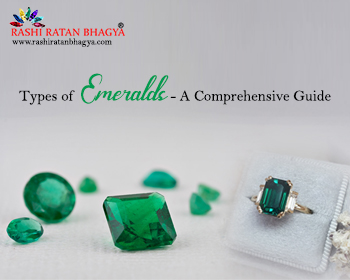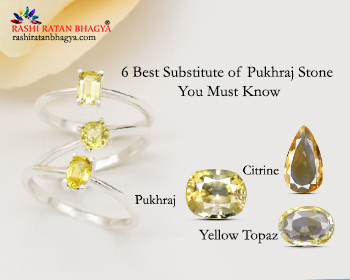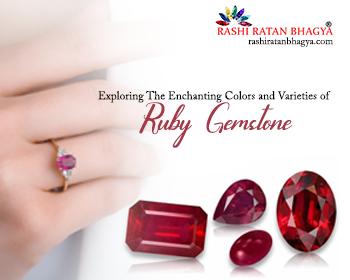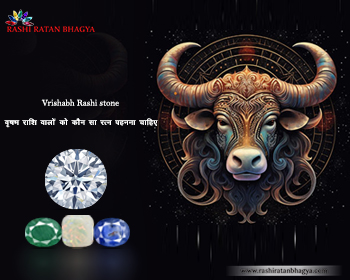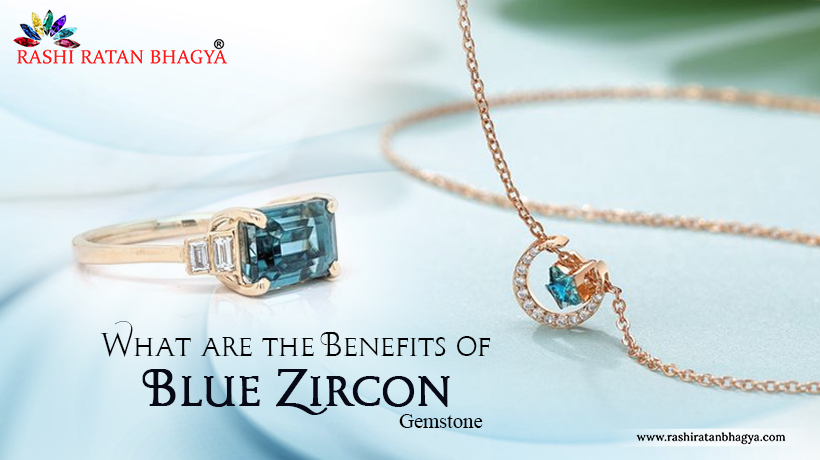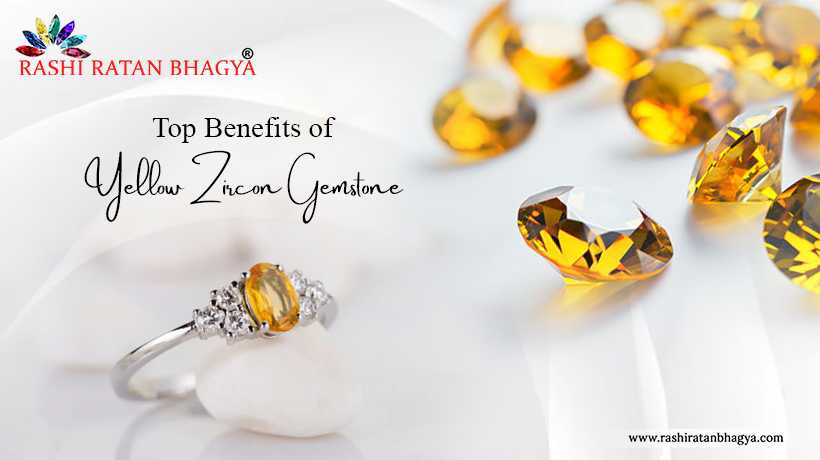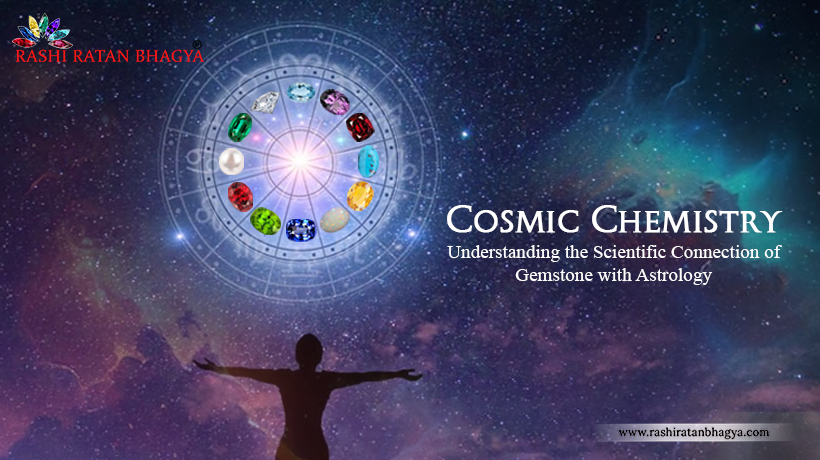If you need an explanation about whether a gemstone has an inclusion or a crack, don't panic; we are here to assist. When you go to purchase gemstone jewelry, you must have heard your jeweler say these things. And, like most of us, you nod and agree that it signifies something, but the true meaning escapes you.
It is time to alter that. Should your gemstone have cracks? Are inclusions commonplace?
Know what to look for while inspecting your rubies, diamonds, emeralds, and other gemstones. So, the next time you buy a new stone or gem jewelry, walk in like a pro and wow the Johari with your vast knowledge.
What Are The Inclusions?
Natural defects, known as inclusions, progressively affect the color of gemstones. Meanwhile, nature's cradle is where the diamond is developing. Some of these impurities are rather basic, and they provide character to gemstones while increasing their value to consumers.
A lack of inclusions suggests that the stone is genuine and not a lab-created fake since rutile's small golden crystals may boost the value of quartz.
Environmental forces drive natural inclusion, while human-caused defects occur when the stone is actively treated or changed. It's important to remember that some inclusion is apparent. To be viewed, some inclusions must be dramatized.
What Are Cracks?
The term "feathers," which refers to spill-breaking fractures caused by a sudden or slow shock, is often used to describe cracks in gemstones. These fissures appear on the gemstone's surface as thin, straight, or curved lines. They may also appear as narrow vertical lines parallel to the cleft plane. Cracks may emerge during the cutting process if a stone is cut too deeply, too forcefully, or if the gemstone is subjected to rapid heat variations.
What is the Difference Between Cracks And Inclusion?
Cracks and inclusions in gemstones may affect their value. Both of these traits affect the value of the gem; thus, their disparities do as well. Outside natural or chemical variables such as pressure, temperature, or extreme damage are a few examples that may cause fissures.
Cracks may make a gemstone more susceptible to harm and weaker. Inclusions, on the other hand, are interior components that are often unseen to the naked eye and may take the form of minerals or other foreign objects.
Although inclusions will not weaken or lessen a gem's resistance, relying on how imperfections are spread throughout the stone may lower its value. The primary distinction between inclusions and cracks is that.
In contrast, fractures may be seen on a gem's surface; inclusions are inside a gemstone, which may be visible or not visible depending on the stone's clarity. Furthermore, whereas fractures normally reduce a gemstone's bravery, inclusions usually do not affect that virtue.
How Do You Spot Cracks and Inclusions in Gemstone?
To view cracks and inclusions in the gemstone, use a 10 times fresnel lens or a magnifying lens. You were able to inspect the gemstone's inner composition using the loupe.
Cracks may appear as microscopic divisions or lining cracks, often without sharp edges. The inclusions usually resemble blisters or hazy spots. Cuts, which are curving lines inside the stone caused by strain from external factors, are another visible feature.
It might be difficult to discern between an inclusion and a fracture. Look for indications of healed fractures to transform between the two. When a healed fracture has been filled in with mineral material, it is likely a portion rather than a crack.
The location of any fissures or intrusions should also be considered. Cracks and inclusions may appear anywhere on a gemstone's surface, yet many pricey stones have fewer visible surface defects.
Examining a gemstone for fractures and inclusions may help you estimate its worth and quality. Before making any purchase, it is highly advised to contact a licensed store or trained gemologist.
How Can You Tell The Difference Between A Crack And An Inclusion In Stone?
There is a fine line between a crack and an inclusion. Many clients struggle to tell the difference. It may also be a key distinguishing factor between a real gemstone and a counterfeit. High-clarity gemstones contain fewer fractures and imperfections and are of superior quality; hence, they are more expensive than others.
Here are a few techniques to check whether your gemstone has fractures or inclusions:
Surfaces Reach - Cracks often form from the inside out. They may grow and expand over time. Inclusions don't alter form or location.
Contact - Cracks and inclusions may appear anywhere in the gemstone. The crack formation, however, is determined by the gemstone's structural/gemological makeup. In the case of jeweled gemstones, the outer edges that contact the metal are more susceptible to break.
Constitution - Inclusions, which occur naturally during gem creation, may vary in structure, content, and appearance. In gems such as Yellow Sapphire, inclusions appear as a white line known as silk, while fractures may exhibit a rainbow-like spectrum due to light exposure.
Stage - Inclusions are developing; therefore, they are present in the gemstone from the time you look at it. Cracks form over time and may not be noticeable at first.
External Factors - Inclusions are part of the gemstone and cannot form later. Cracks can. External causes such as normal wear and tear, rough handling of the stone, and external pressure may all damage the outside surface of the gemstone and cause it to split. Some stones, such as red coral, pearls, and emeralds, are especially vulnerable to this kind of damage owing to their brittleness.
Why Do Gemstone Inclusions Matter?
Genuine gemstones are much more precious than counterfeit or fake ones since they are substantially rarer and more durable.
Sometimes flaws in your cheap diamond jewelry will be clear at first glance, and other times you may need to look more closely.
When stones are put in jewelry made of valuable metal, their natural brightness is even more stunning, and flaws make it even better.
Moonstone inclusions consist of minute centipede-like stress cracks. Moldavite is recognized for containing gas bubble inclusions, as well as grains, cord-like structures, and swirls

